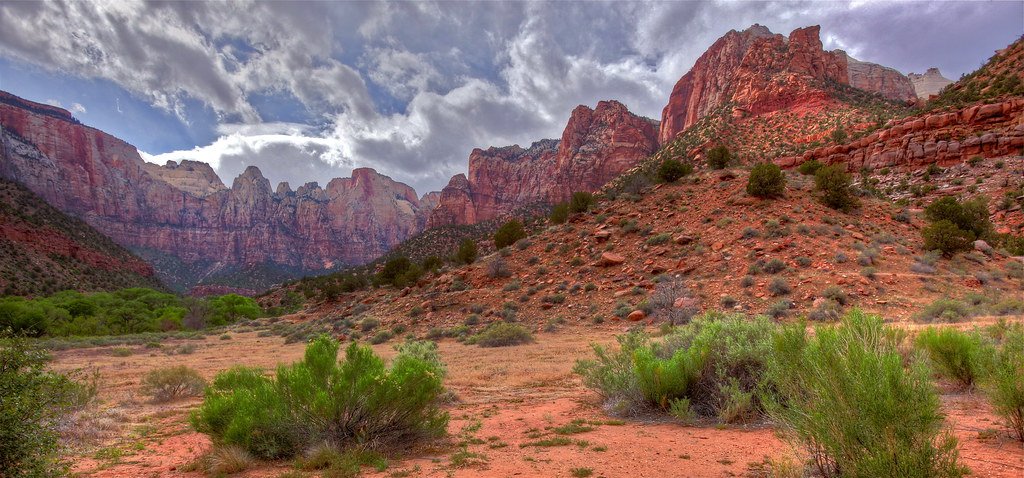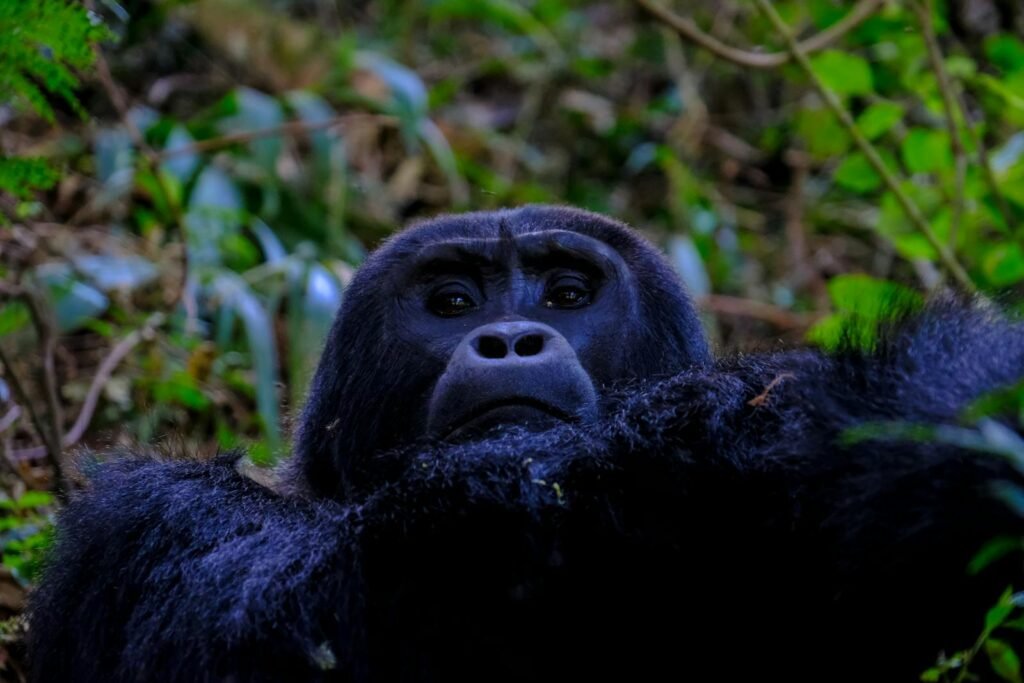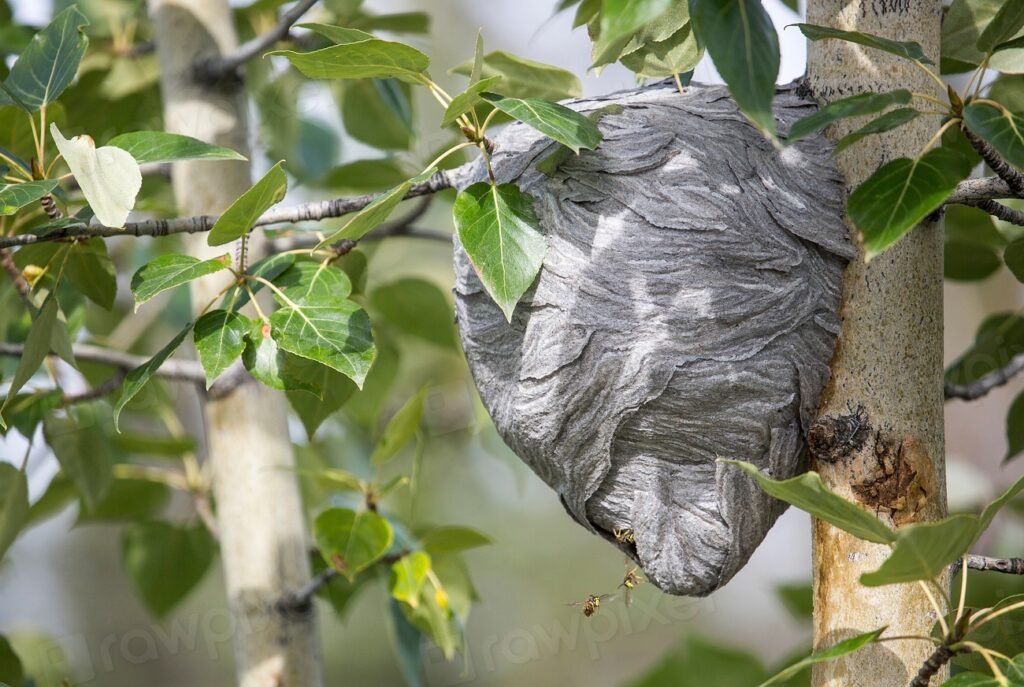Imagine landing on a distant, untouched planet, the air crisp with mystery, the ground humming with secrets. Now picture humanity, brimming with ambition, setting out to transform this world into another version of Earth. It sounds like science fiction, but it’s a future that feels closer with each technological leap. But what if, in our eagerness to create a new home, we unwittingly destroy something irreplaceable—alien life itself? The very act of terraforming, championed as our ticket to survival, may also hold the power to erase entire ecosystems we can hardly imagine. There’s a haunting irony in our quest: in making a world habitable for us, could we become the villains in another species’ story? Let’s dive into the shadowy side of terraforming and the devastating consequences it could have for alien life.
The Allure of Terraforming: Humanity’s Cosmic Ambition
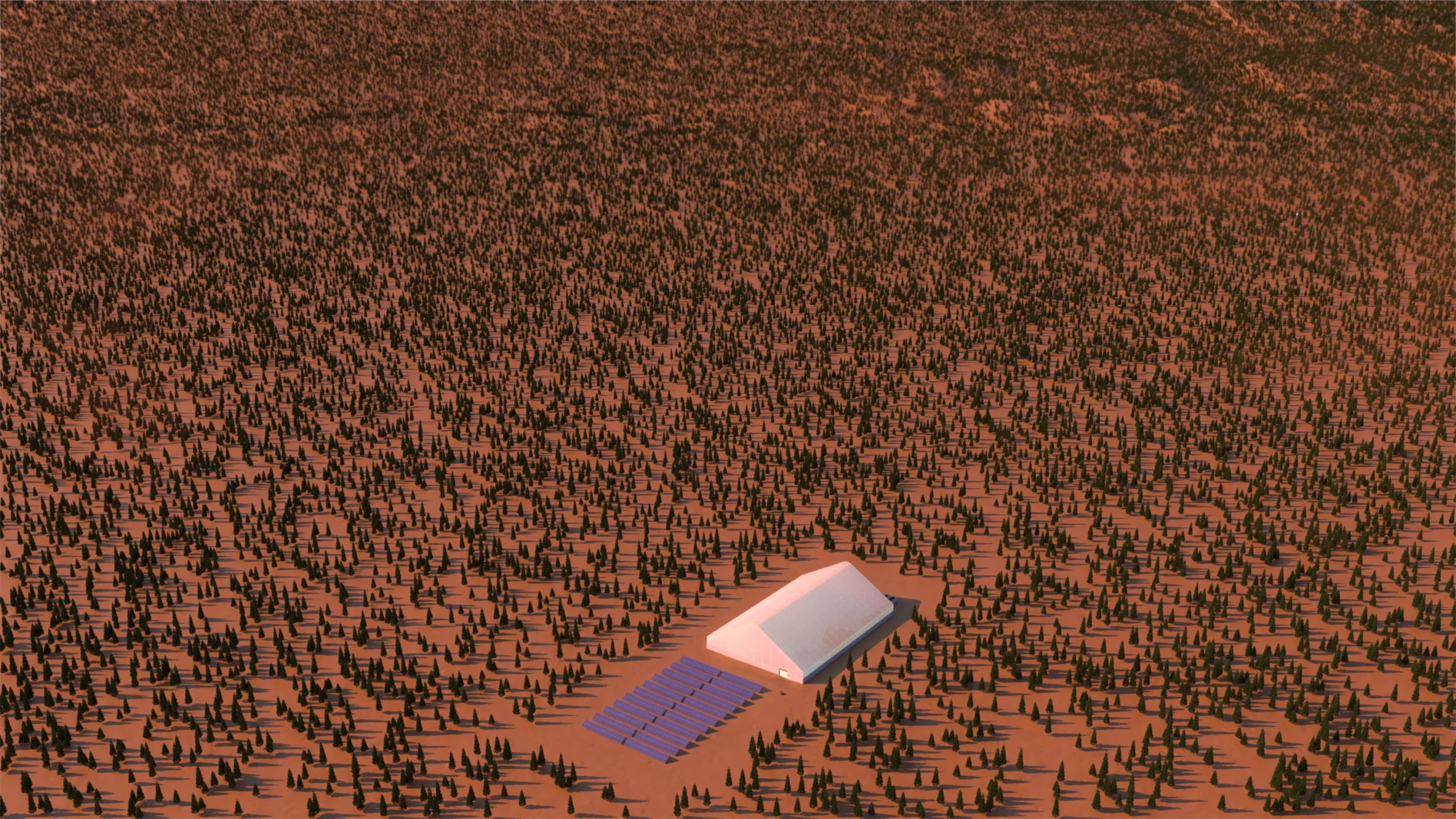
Humans have always been dreamers, gazing up at the night sky and wondering what lies beyond. Terraforming—the process of making another planet more Earth-like—captures that same adventurous spirit. It promises a future where we can thrive beyond our blue planet, escaping the limits of Earth’s resources and environmental woes. The idea isn’t just about survival; it’s about forging a legacy among the stars. But this vision, as thrilling as it is, often ignores the silent occupants of those distant worlds. The excitement of colonization can easily overshadow the risks involved, especially when it comes to life we might not even recognize at first glance.
What Exactly Is Terraforming?

Terraforming is far more than just planting a few trees or pumping in some oxygen. It involves altering a planet’s atmosphere, temperature, surface topography, and ecology. Massive machines might pump greenhouse gases into a thin Martian sky, or bacteria could be engineered to break down toxic soils. The goal is to create an environment where humans can walk and breathe freely, but these drastic changes can ripple through every layer of a planet’s natural system. It’s a bit like dropping a goldfish into a saltwater tank—no matter how well-intentioned, the outcome could be disastrous for the original inhabitants.
Alien Life: More Fragile Than We Imagine?

When we think of aliens, flashy spaceships and tentacled creatures come to mind. In reality, alien life could be humble, microscopic, or hiding in plain sight. These organisms might be perfectly adapted to their world’s unique chemistry or atmosphere. Even the smallest environmental tweak could spell disaster for them. Imagine a single-celled Martian microbe clinging to existence in a salty brine, only to be wiped out by a sudden influx of warm water or oxygen. Our efforts to “improve” another planet could easily crush life forms that took millions of years to evolve.
Unintended Ecological Consequences

History has already shown us the dangers of introducing new species or changing ecosystems on Earth. The introduction of rabbits to Australia or cane toads in the Americas led to ecological chaos. Now imagine the stakes on a galactic scale. By changing a planet’s chemical makeup, we could trigger unpredictable chain reactions. Native organisms might die off, while Earth-based lifeforms could become invasive species, spreading uncontrollably. The entire balance of a world could tip, and we’d barely understand what we’d lost.
The Ethics of Playing Cosmic Gardener
Is it our right to reshape another planet for our needs? This question digs deep into our sense of morality. Many scientists and ethicists argue that we have a duty to protect alien ecosystems, even if they seem primitive or unrecognizable. After all, every form of life—no matter how small—has inherent value. Terraforming raises uncomfortable questions: Are we saviors, or conquerors? Is our need to survive more important than another world’s right to exist in its own way?
Searching for Life: Are We Even Looking in the Right Places?

The hunt for extraterrestrial life is challenging, and our current technology might miss subtle forms of existence. Life could exist in extreme environments, like subsurface lakes on Mars or methane seas on Titan. These habitats are so alien that we might not recognize their inhabitants as living at all. If we rush to terraform before fully exploring, we risk erasing evidence of life that took eons to develop. It’s a bit like bulldozing a forest before checking for hidden wildlife.
Microbial Martians: The Case for Hidden Life
Mars is the poster child for terraforming, but it also holds the greatest potential for undiscovered life. Some scientists believe that simple microbes could survive in protected niches beneath the Martian surface. These organisms might rely on chemical energy rather than sunlight, thriving in places we can’t easily reach. Altering Mars’s environment—say, by warming the planet—could destroy these delicate communities before we ever get a chance to study them.
Venus and Titan: Alien Worlds With Surprising Potential
Venus and Titan are two more candidates for terraforming, but each presents its own set of mysteries. Venus’s toxic atmosphere and scorching temperatures could still shelter extremophiles—organisms that live in conditions unbearable for us. Titan, with its liquid methane lakes, might host entirely different biochemistries. In our rush to make these places more comfortable for humans, we risk erasing the very qualities that make them unique. The greatest scientific discoveries might be lost before we even realize they’re there.
Lessons From Earth’s Own Disasters

Our planet’s history is littered with cautionary tales. The introduction of non-native species, habitat destruction, and climate change have all led to extinctions and ecosystem collapse. These events weren’t caused by malice, but by a lack of foresight and understanding. If we failed to predict the consequences of our actions here on Earth, how can we be sure we won’t make even bigger mistakes on another planet? The ghosts of extinct species serve as a warning: tread carefully, or risk repeating history on an interplanetary scale.
Could We Detect Alien Life Before It’s Gone?
A huge challenge in protecting alien ecosystems is detecting them in the first place. Our instruments are designed to find life as we know it—carbon-based, water-loving, and familiar. But what about silicon-based life, or organisms that thrive in toxic gases? If we can’t even spot these forms of life, how can we protect them? Terraforming might wipe out entire biospheres before we ever know they existed.
Panspermia and Cross-Contamination
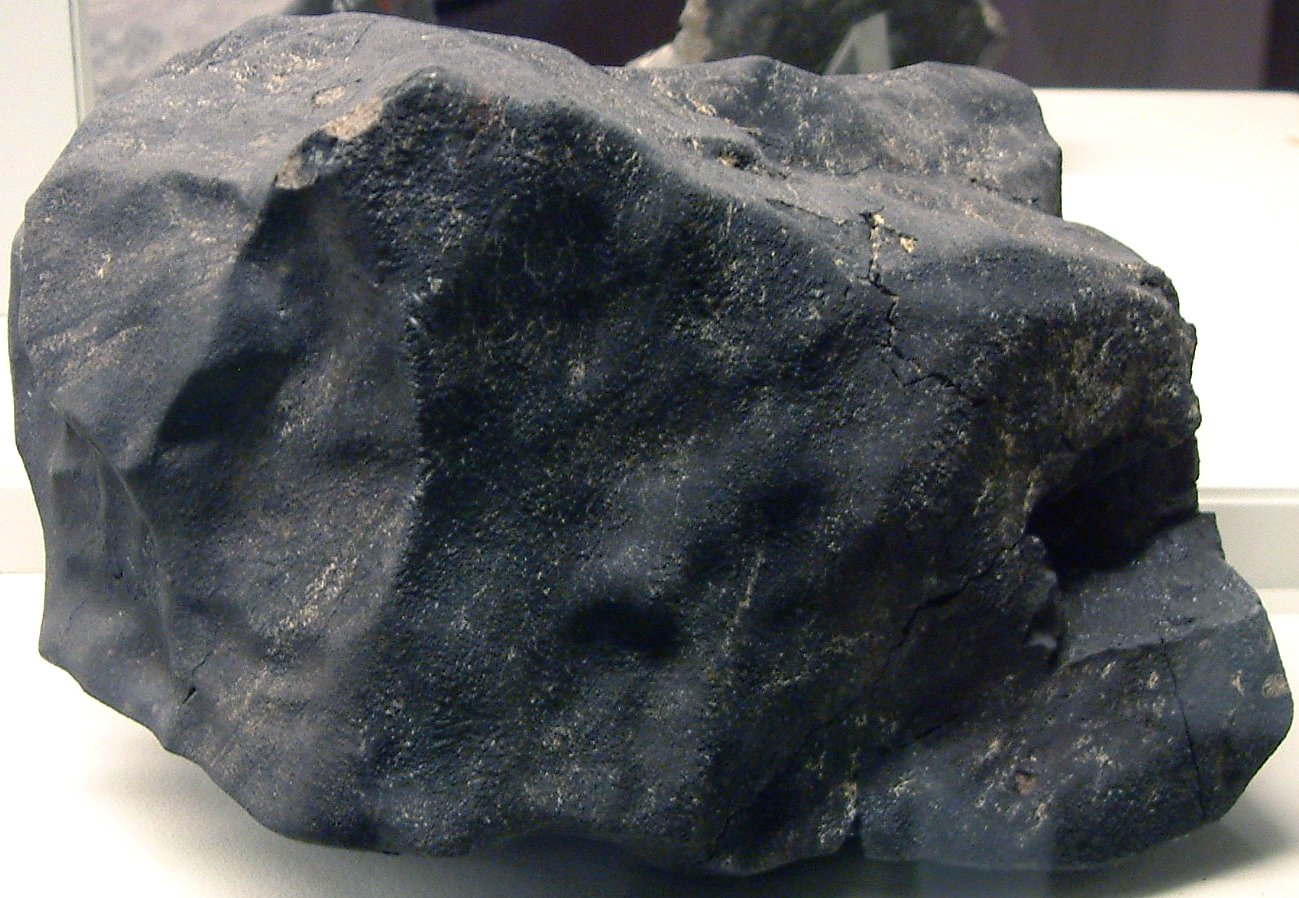
There’s a fascinating theory called panspermia, which suggests life could travel between planets on meteorites or spacecraft. If we bring Earth life to another planet, we could contaminate it irreversibly. Not only could this threaten any native organisms, but it might also interfere with our ability to study alien biology. Once Earth microbes take hold, it becomes almost impossible to tell what was there before we arrived, forever muddying the scientific waters.
Terraforming and the Fermi Paradox
One of the biggest mysteries in science is the Fermi Paradox: if the universe is so vast, where is everyone? Some speculate that advanced civilizations may have terraformed planets, wiping out native life without even realizing it. Are we destined to repeat this cosmic mistake, becoming the silent destroyers in someone else’s history? The paradox hints at the dangers of unchecked expansion and the tragic consequences that can follow.
The Role of International Law and Space Ethics
Right now, there are few clear rules about what humanity can and cannot do on other planets. Treaties like the Outer Space Treaty of 1967 prohibit harmful contamination, but enforcement is weak and definitions are vague. As private companies and nations race to stake their claim in space, the risk of reckless terraforming grows. Without strong ethical guidelines, there’s little to stop a determined group from reshaping a world, regardless of the cost to alien life.
Can We Terraform Responsibly?
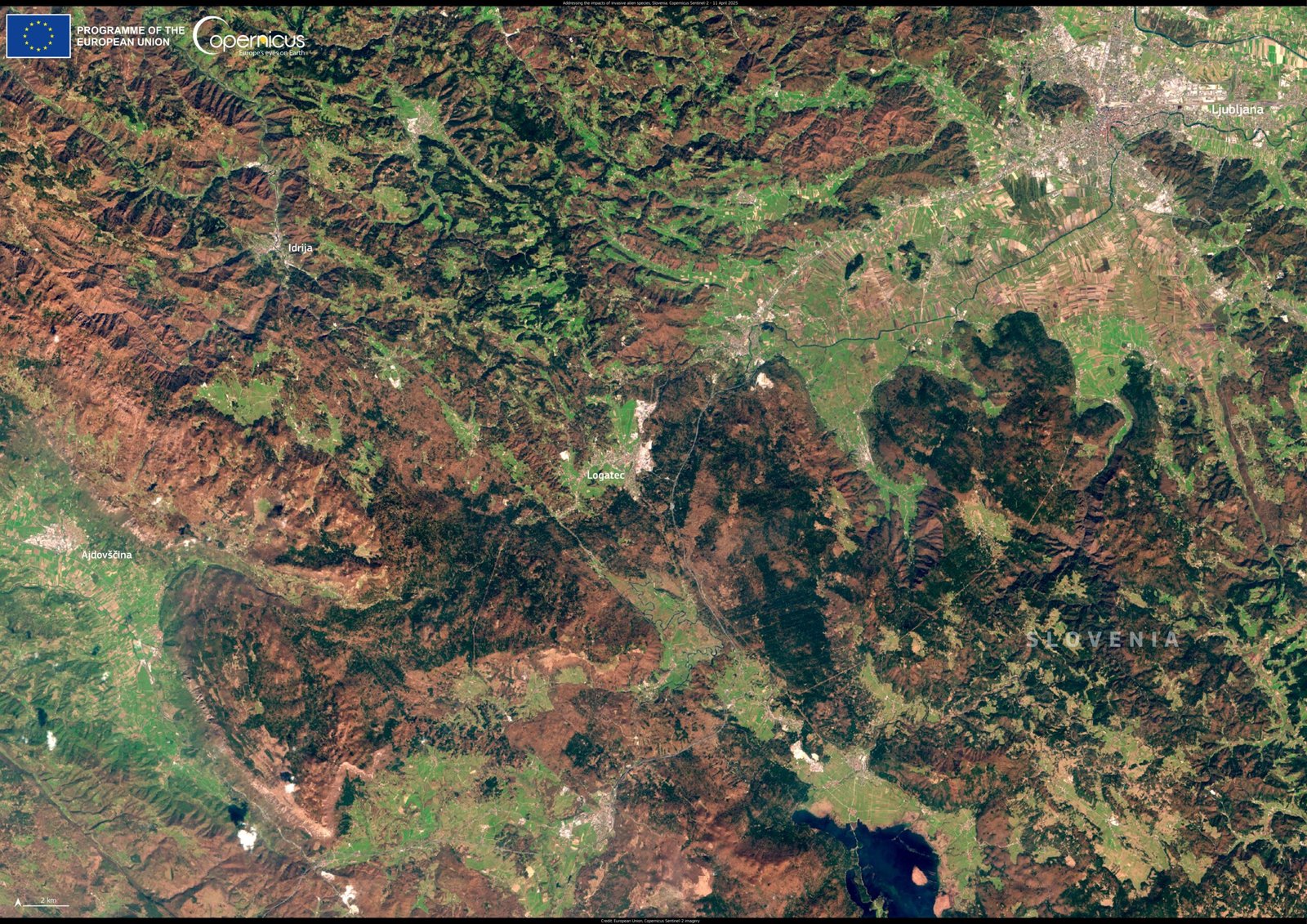
Some scientists propose “planetary protection” protocols, which call for thorough investigation before any major changes are made. This could mean years—or even decades—of careful study, mapping, and non-invasive exploration. Responsible terraforming would require patience and humility, putting scientific discovery ahead of colonization. But will our excitement for new worlds overpower our caution? It’s a delicate balance between curiosity and restraint.
The Psychological Blind Spot: Human-Centric Thinking
It’s all too easy to see ourselves as the heroes of every story. This mindset can blind us to the needs and rights of alien life, especially if it looks nothing like us. Human-centric thinking has led to environmental disasters on Earth, and it could have even greater consequences on other worlds. We must work to expand our empathy, recognizing that life—no matter how strange—deserves respect and protection.
Imagining the Unimaginable: Alien Ecosystems Beyond Our Understanding
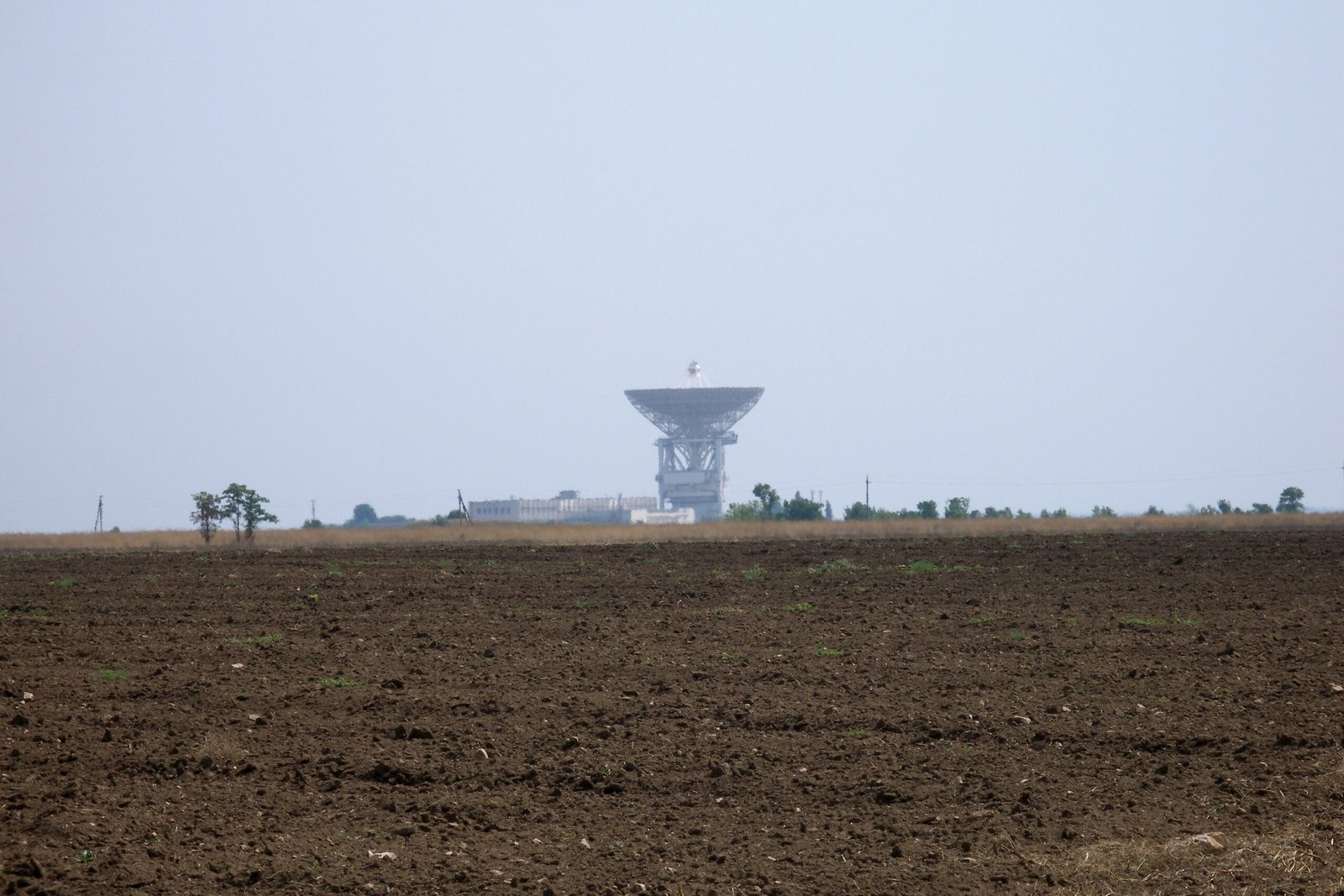
Alien life might operate on principles we can barely grasp. What if a planet’s clouds are home to floating organisms, or its rocks are alive in ways we can’t detect? The universe is stranger than we can imagine, and our assumptions could be wildly off the mark. By terraforming too soon, we risk snuffing out forms of life that would forever change our understanding of biology and the cosmos.
The Power of Scientific Curiosity
At its best, science is about wonder—about asking questions and seeking answers, no matter how elusive. The possibility of finding alien life is one of the most exciting frontiers in all of human history. But this curiosity comes with responsibility. Before we reshape new worlds, we must be certain we’re not erasing answers to questions we haven’t even thought to ask yet.
Public Awareness and the Importance of Debate

These issues aren’t just for scientists and politicians—they belong to everyone. Public debate can help shape the future of space exploration, ensuring that a wide range of voices are heard. Should we terraform at all? Who gets to decide what happens on another planet? These are questions that deserve open discussion, because the choices we make will echo for generations.
Stewardship Over Ownership
Perhaps the greatest lesson is that we are stewards, not owners, of the universe. With every new discovery comes a responsibility to protect and preserve. Our actions will shape not just our own future, but the fate of countless other forms of life, known and unknown. As we stand on the edge of a new era, the choices we make will define us as a species. Will we be remembered as creators, or as destroyers?
The Unseen Cost of Ambition
In the rush to expand, to build, to conquer, it’s easy to overlook the quiet casualties of progress. Terraforming offers hope, but it also demands caution. The dark side of this technology isn’t a distant threat—it’s a real and present danger. As we look to the stars, we must remember what’s at stake: the countless, silent worlds that may be waiting for us to listen, not to conquer.

